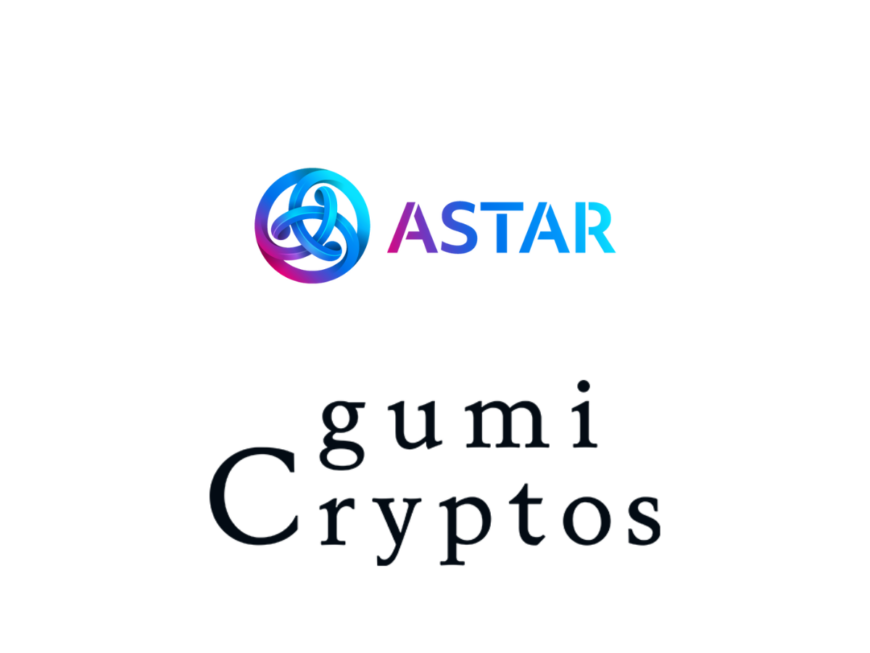
Thesis
At launch, Polkadot should be one of the largest chains in terms of developer activity, however natively, Polkadot doesn’t support smart contracts. Rather, those developers will build on one of multiple parachains offering smart contracting functionality. Astar is a smart contract enabled parachain that supports Frontier, an Ethereum compatibility layer on Substrate. Developers can deploy solidity contracts on Astar’s EVM or compile Solidity into WASM and deploy on their WASM environment; this allows leveraging around 95% of existing Ethereum infrastructure, development tools and libraries (like MetaMask and Truffle) on Astar. And unique to other EVM compatible parachains, Astar implements the Optimistic Virtual Machine (unification layer for L2 protocols) and will support developers using Plasma, Optimistic Rollups, and State Channels.
With spiking gas fees and the rapid growth seen in L2s and sidechains on Ethereum recently, it’s clear demand for using DeFi applications continues to increase exponentially. We believe developers looking to build scalable applications will initially be attracted to the X-VM (Cross Virtual Machine) implementation and at larger scale the product and UX benefits achieved through the compatibility with Optimism offered by Astar’s Parachain.
Further, Astar’s unique inflationary incentive mechanism rewards developers over time. Block rewards are not only distributed to validators (50%), but also dApp Developers (25%) and 25% dApp nominators (e.g. users who nominate applications to receive rewards). This creates an additional incentive for developers to build on Astar versus other Parachains.
Astar is already working with over 40 developer projects including things like DEX, NFT, NFT marketplace, API services and Oracles etc, with over 20 projects preparing to go live with the Kusama parachain which will enable Astar mainnet.
There are two ways to work with Polkadot, one is to just build your own blockchain using the substrate toolkit, and the other is to join your network to the Polkadot blockchain. Doing so enables you to be secured by the much larger and more powerful Polkadot blockchain. The way this is done is by participating and winning one of the limited “slots” in the Polkadot parachain auction. The Plasm team intends to participate in the parachain auction and become a first-class parachain, secured by the Polkadot network infrastructure.
We feel now, as we did when we made the decision to invest in October 2020, that the team led by Sota Watanabe has incredibly strong technical competency and great execution abilities, and is well aligned with the upcoming launch of Polkadot.
Team & How We Met
We heard a lot about this team from several sources. For starters, our General Partner Kunimitsu san has known Sota Watanabe for several years. But we also started to hear more about his promising project from both the Berkeley Blockchain Xcelerator as well as through the Asia DeFi Alliance and Longhash.
Of course it’s always a great pleasure and also a great advantage to have a longer history with entrepreneurs. We always find that time spent with entrepreneurs is one of the most valuable and also rewarding parts of our role in the ecosystem.
What’s notable about Sota Watanabe and his team is they are not only the great respect they have among other members of the Polkadot community, but also their very dedicated and pure vision for a developer-first ecosystem on top of Polkadot. They are very committed to developers and spend a lot of time and attention on developer tools, experience and especially on developer incentives.
We recorded an episode of the “Mikobits” show featuring Sota Watanabe who talks about Plasm, which is now called Astar.
Future
In the near term, while we don’t know exactly when Polkadot parachain auctions will start, it seems likely that Kusama will launch in the next few months as of this writing and the Polkadot mainnet after that, perhaps this summer (summer of 2021), but most likely before the end of the 2021 at the latest.
As far as the multichain future–we fundamentally believe that blockchain has to be about choices. This is because of our experience with open source software, and of course Satoshi Nakamoto designed the bitcoin governance framework around the ability for anyone to fork the code base.
To us, this means that it is not only inevitable but desirable that there be a multi-chain future.
The ethos of open source is to compete for consent, and it’s impossible to maintain consent without empowering people to have a multitude of options. Being of this mindset, we are very excited to see developer-centric networks arising with a focus on issues like interoperability.
The launch of the Polkadot mainnet will be an important milestone for the emergence of the interoperable multi-chain future, and we believe Astar will be the best, most interoperable and highest performance (including Layer 2) developer ecosystem for Polkadot.
Disclaimer
Information is provided for general educational purposes only. This presentation is not an offer to sell securities or a solicitation of offers to buy securities. Nothing contained herein constitutes investment or other advice nor is it to be relied on in making an investment decision. For more important information, please see disclaimer



